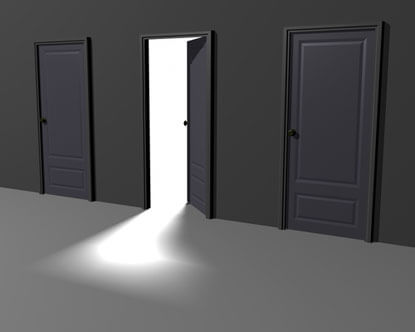
A legal battle is brewing in Ohio as a group seeks to challenge Attorney General Dave Yost’s refusal to allow proposed election law changes to proceed to voters this November. The group, advocating for the amendment, including the repeal of specific laws, has filed a lawsuit in the Ohio Supreme Court alleging that Yost is exceeding his authority by blocking the petition summary language based solely on the amendment’s title.
Allegations of Overreach
The lawsuit contends that Yost’s rejection of the petition summary language for the second time last week is unwarranted and constitutes an overreach of his powers. Deidra Reese, the voter engagement director at the Ohio Organizing Collaborative, leading the initiative, asserts that Yost’s dismissal solely based on the title—The Ohio Voters Bill of Rights—is improper.
Want to know if you’re earning what you deserve? Find out with LawCrossing’s salary surveys.
According to Reese, Yost’s refusal to consider the summary language beyond disputing the title is unjust. She argues that Yost lacks the jurisdiction to reject the ballot summary language solely on the grounds of the amendment’s title.
Legal Maneuvering
Seeking legal recourse, Reese’s group has petitioned the Ohio Supreme Court to intervene and compel the Attorney General to certify the petition. Furthermore, they’re urging the court to expedite the proceedings. Yost’s office has not commented on the lawsuit, and the group has not resubmitted the language for a third review.
Proposed Amendment Overview
The proposed amendment aims to introduce significant changes to Ohio’s election laws. It includes same-day voter registration provisions, early in-person voting rights expansion, and the implementation of no-excuse absentee voting. Additionally, the amendment seeks to permit multiple ballot drop boxes per person and recognizes photo IDs issued by educational institutions, including universities.
Determination to Proceed
Despite the legal hurdles, proponents of the referendum remain resolute. They vow to persist in their efforts to have the petition language certified. Once approved, they will focus on gathering the required nearly 414,000 valid signatures by July 3 to ensure the measure appears on the ballot this fall.
Don’t be a silent ninja! Let us know your thoughts in the comment section below.






































